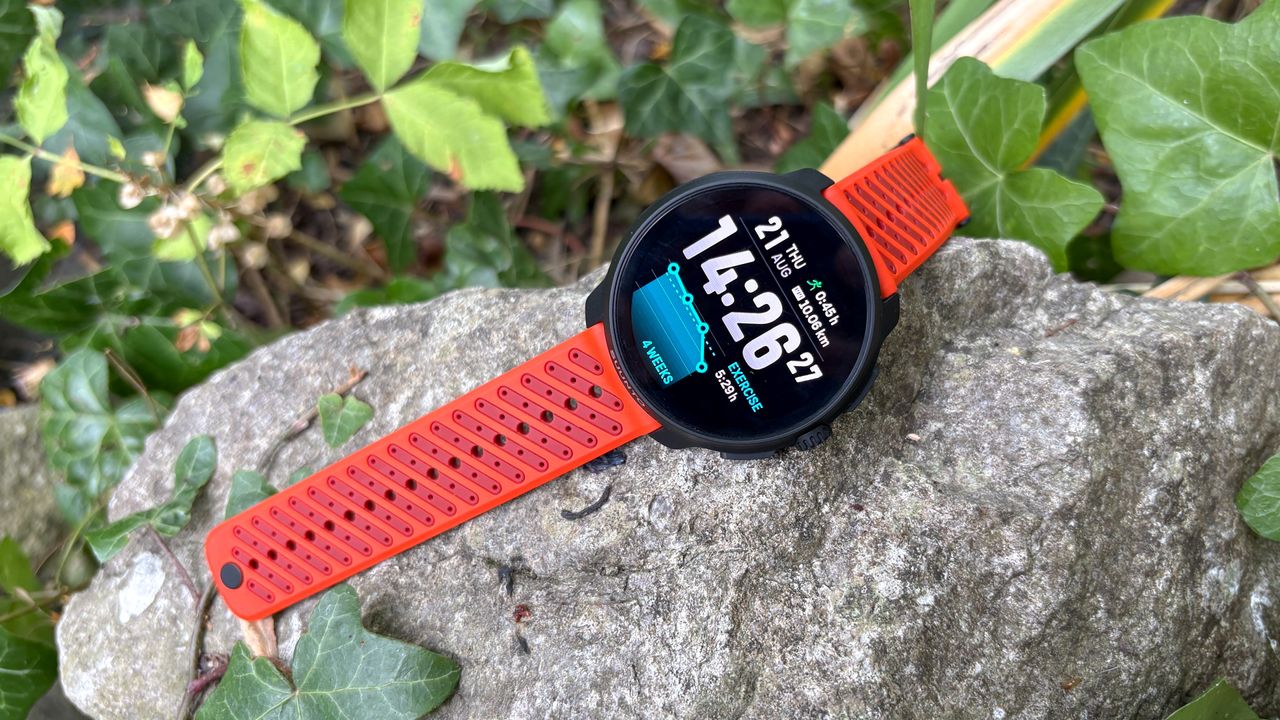The new Suunto Race 2, launched on August 27, 2025, aims to elevate the brand’s reputation in the sports watch market with several significant enhancements over its predecessor, the original Suunto Race. Retailing at $499 for the steel model and $599 for the titanium version, the Suunto Race 2 offers a compelling alternative to competitors like the Garmin Forerunner 970.
Notable upgrades in the Suunto Race 2 include a larger, brighter 1.5-inch AMOLED display with a remarkable 2000-nit brightness, a thinner profile at just 12.5mm, and a faster processor designed to enhance user experience. While the price point reflects an increase of $100 compared to the original, it remains significantly less expensive than the Garmin Forerunner 970, which is priced at $749.99.
Design and Usability
The Suunto Race 2 boasts a robust design featuring a metal bezel and steel buttons, contributing to an overall premium feel. Available in black and white for the steel model, and exclusively in black for the titanium variant, it is equipped with a comfortable silicone strap that can be easily swapped for a nylon alternative.
The watch fits well on the wrist, offering a balance between size and comfort. Users will find the touchscreen interface responsive, partly due to the new processor. Controls are intuitive, with three buttons including a digital dial, which facilitates quick access to various sports modes and health statistics.
Performance and Features
The Suunto Race 2 supports an extensive range of activities with preset sports modes, including track running, although users cannot customize these directly. The watch features built-in sensors for optical heart rate tracking and dual-band GPS, along with a barometric altimeter and pulse oximeter.
In testing, the GPS accuracy proved to be reliable, aligning closely with readings from models like the Garmin Fenix 8. However, heart rate measurements initially presented some inconsistencies when compared to chest strap data, a concern noted in previous Suunto models.
Battery life stands out, with the device promising up to 18 days under normal usage and 55 hours of GPS tracking in its most accurate mode. This makes it a strong contender for long-distance athletes.
The watch also includes offline maps accessible via the Suunto app, allowing users to download routes and receive turn-by-turn directions during activities, enhancing navigation capabilities.
Overall, the Suunto Race 2 merges a sleek design with practical features tailored for athletes, positioning itself as a competitive option in the sports watch market. While it comes at a higher price point than its predecessor, the features and enhancements justify the investment for serious users. As the demand for advanced sports tracking technology continues to grow, Suunto’s focus on delivering essential features at a reasonable price remains evident with the Race 2.
